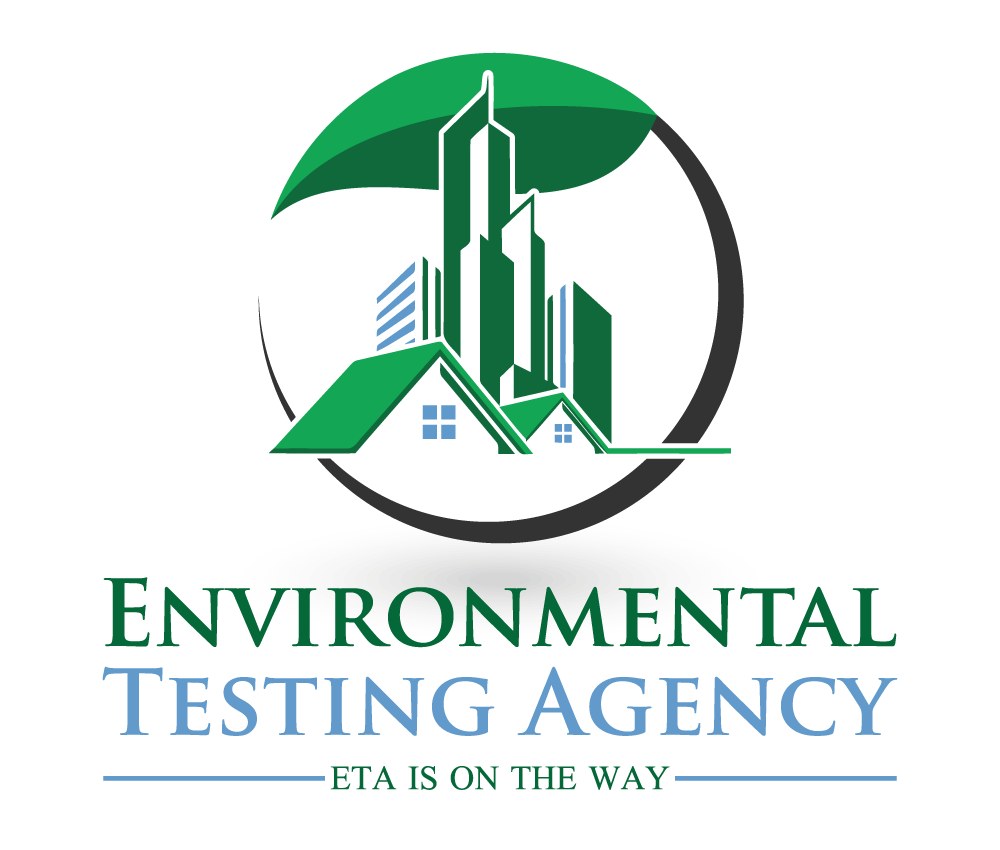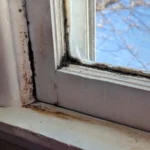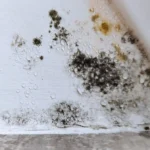Indoor Air Quality Testing: All You Need to Know
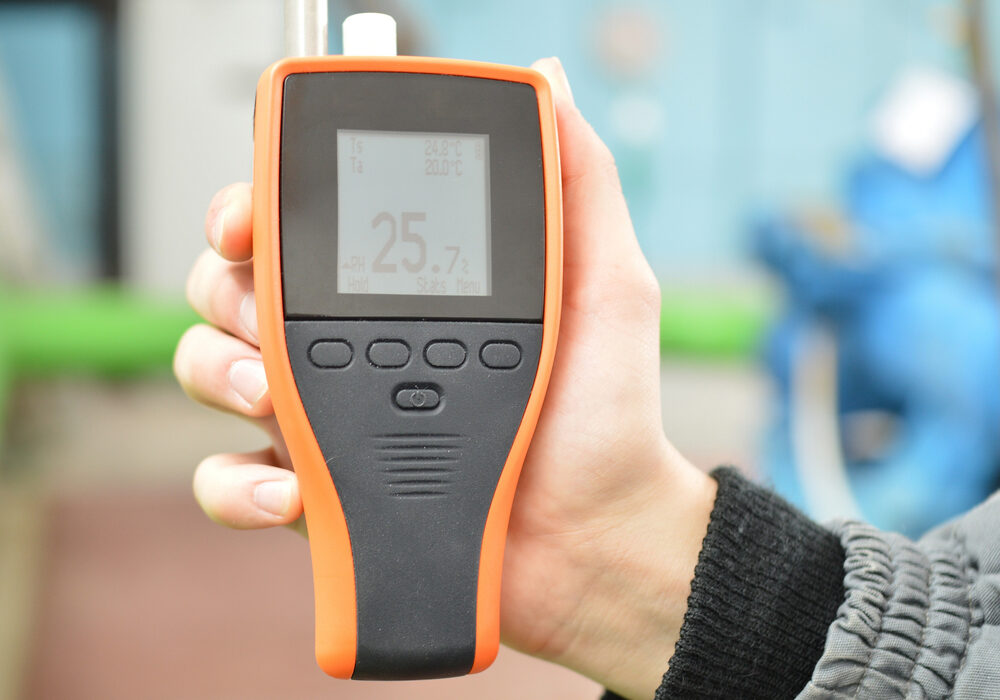
Maintaining clean air is crucial for safeguarding your well-being. However, while outdoor air pollution is monitored and managed by experts to protect the public’s health, indoor air quality testing falls to individuals. Mold, mildew, and radon are well-known indoor hazards. Still, many factors contribute to overall air quality, including air circulation, cleanliness, building materials, and function.
Even seemingly innocuous things like the scent of new paint or plastic can affect indoor air quality, along with pollutants that may not be visible to the naked eye, such as microscopic particles, NO2, formaldehyde, benzene, and viruses.
Exposure to indoor air pollutants can have immediate or delayed health effects. Indoor Air Quality (IAQ) encompasses the air quality inside and outside buildings. Controlling common pollutants indoors can help minimize the risk of health concerns.
This blog will cover everything you need to know about indoor air quality testing. Keep reading!
What is Air Quality Testing?
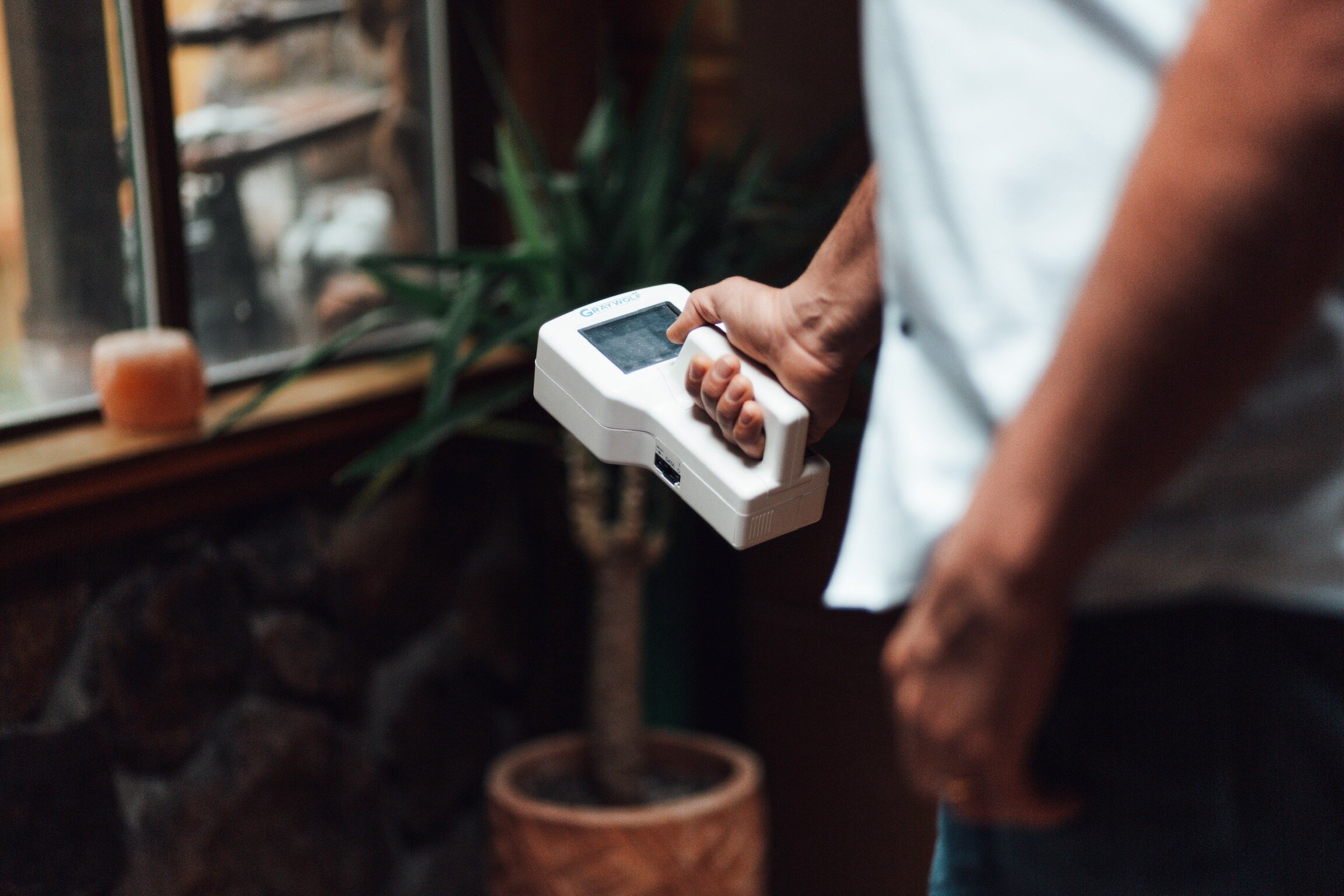
Air quality testing is a process of measuring the quality of air within a building or space. It involves collecting and analyzing air samples to determine the level of pollutants and contaminants present in the air. The primary objective of air quality testing is to identify any potential health hazards and provide recommendations to improve air quality.
Why is Air Quality Testing Important?
Indoor air quality testing is crucial for several reasons. Poor air quality can cause various health problems, including headaches, fatigue, respiratory issues, and more severe conditions such as heart disease, cancer, and stroke.
Air quality testing is particularly important for businesses and organizations operating in enclosed spaces, like schools, hospitals, and commercial buildings. Poor air quality in these spaces can lead to increased absenteeism, employee satisfaction, lower productivity, and higher healthcare costs.
Indoor air quality is an essential aspect of our daily lives, and it’s crucial to maintain good air quality to ensure our health and well-being. The president of the Indoor Air Quality Association (IAQA), Lisa Rogers, says that healthy, comfortable indoor air quality is about balance.
What Causes Poor Indoor Air Quality?
Poor indoor air quality can result from various factors, including:
- Inadequate Ventilation: Poor ventilation can cause the buildup of pollutants and contaminants, such as carbon dioxide, carbon monoxide, and volatile organic compounds.
- Pollutants and Contaminants: Common indoor pollutants and contaminants include mold, pollen, pet dander, dust mites, tobacco smoke, cleaning chemicals, and pesticides.
- Poorly Maintained HVAC Systems: Dirty filters, clogged air ducts, and malfunctioning HVAC systems can cause poor indoor air quality.
- Building Materials: Certain building materials, such as asbestos, can release harmful fibers into the air.
Impact of Poor Indoor Air Quality

The impact of poor indoor air quality on health can be severe. Poor air quality can cause a range of health problems, including:
Immediate Effects:
Pollution exposure can result in health effects that may manifest shortly after a single exposure or repeated exposure. While these effects are usually short-term and can be treated, it may be necessary to eliminate exposure to the source of pollution to resolve them.
In some cases, exposure to indoor air pollutants can worsen symptoms of certain diseases such as asthma. The likelihood of immediate reactions to indoor air pollutants varies based on age and preexisting medical conditions. Some direct effects can resemble symptoms of viral diseases, making it difficult to attribute them to indoor air pollution. Therefore, paying attention to when and where symptoms occur is crucial.
- Respiratory Problems: Poor air quality can cause respiratory problems, such as asthma, bronchitis, and pneumonia.
- Headaches: Exposure to pollutants and contaminants in the air can cause headaches, dizziness, and fatigue.
- Skin Irritation: Poor air quality can cause skin irritation, such as dryness, rashes, and eczema.
- Eye Irritation: Exposure to indoor air pollution can cause eye irritation, such as redness, itching, and burning.
Long-Term Effects:
Specific health effects may only become apparent years after exposure or after prolonged and repeated exposure. These effects, including respiratory diseases, heart disease, and cancer, can have severe and potentially fatal consequences. Therefore, it is wise to enhance the indoor air quality in your home, even if you do not currently experience any noticeable symptoms.
When to Assess Your Home’s Air Quality
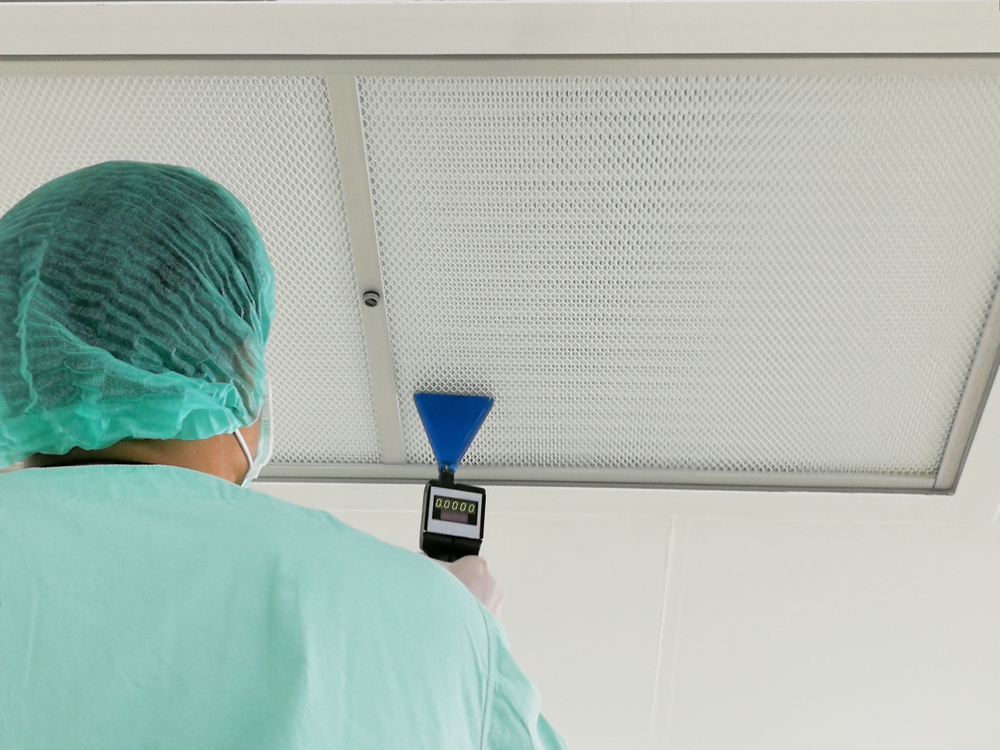
Regularly assessing your home’s air quality is essential to ensure a healthy and safe environment for you and your family. You should consider air quality testing if:
- You or your family members experience frequent respiratory problems, allergies, or other health problems.
- You’ve recently renovated or made changes to your home, such as installing new carpeting or painting.
- You’ve recently purchased or moved into a new home.
- You have pets or use cleaning chemicals regularly.
A comprehensive indoor air quality assessment conducted by a professional involves making observations, collecting data, and conducting sampling and testing. While self-testing kits can enable homeowners to undertake certain aspects of the process independently, the information obtained may not always be sufficient to paint a complete picture of indoor air quality.
Assessing indoor air quality without professional assistance presents a further challenge: interpreting the results can be difficult. Although organizations such as the EPA, the American Industrial Hygiene Association, and OSHA provide guidance on indoor air quality, chemical exposure, and other related concerns, there is no uniform standard for “poor” or “healthy” air quality.
What to Expect
During an air quality assessment, an air quality testing professional will test the air in your home for various pollutants and contaminants. They may use different testing methods, such as passive and active sampling, particle counting, and real-time monitoring. Based on the testing results, the professional will provide recommendations for improving your home’s air quality, such as improving ventilation, installing air purification systems, or removing potential sources of pollution.
Benefits
The benefits of indoor air quality testing are significant. By maintaining good indoor air quality, you can:
- Improve Your Health: Good indoor air quality can reduce the risk of respiratory problems, allergies, and other health problems.
- Increase Your Comfort: Good indoor air quality can increase comfort levels, reducing headaches, fatigue, and other symptoms.
- Reduce Energy Costs: Proper ventilation and air filtration can reduce energy costs associated with heating and cooling.
- Protect the Environment: By reducing your home’s indoor air pollution, you also reduce the environmental impact.
What Does Air Quality Testing Involve?
Air quality testing involves several steps, including:
- Initial Consultation: The first step is to consult with an air quality testing professional. During the consultation, the professional will assess the property, discuss any concerns or symptoms, and provide recommendations for testing.
- Sampling: Once the consultation is complete, the professional will collect air samples from various areas of the property, including offices, common areas, and HVAC systems.
- Analysis: The professionals sent air samples to a laboratory for analysis. The lab will identify any pollutants or contaminants present in the air and provide a detailed report.
- Recommendations: Based on the analysis results, the air quality testing professional will guide for improving air quality. This may include installing air purification systems, improving ventilation, and removing any potential sources of pollution.
- Follow-Up Testing: Regular follow-up testing may be necessary to ensure that air quality has improved and to identify any new issues.
Air Quality Testing for Specific Contaminants
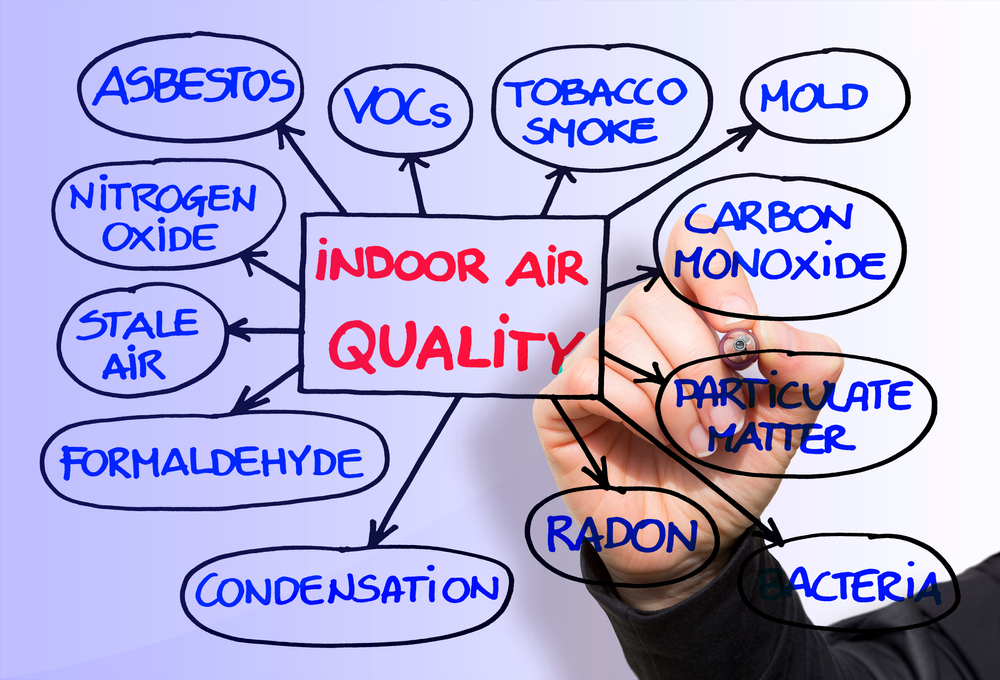
There are several specific contaminants that air quality testing can identify. These include:
- Mold: Mold is a common problem in buildings with high humidity or water damage. Air quality testing can identify the presence of mold spores in the air, which can cause respiratory problems, allergies, and other health issues.
- Radon: Radon is a naturally occurring gas that can seep into buildings through cracks in the foundation. It’s a known carcinogen and can cause lung cancer over time.
- Volatile Organic Compounds (VOCs): VOCs are chemicals released from various sources, including cleaning products, furniture, and building materials. These chemicals can cause headaches, dizziness, and other health problems. Air quality testing can identify the presence of VOCs and provide recommendations for reducing exposure.
- Carbon Monoxide: Carbon monoxide is a colorless, odorless gas produced by the incomplete burning of fossil fuels. It can cause headaches, dizziness, nausea, and even death. Air quality testing can identify the presence of carbon monoxide in the air and provide recommendations for preventing exposure.
- Asbestos: Asbestos is a fibrous mineral commonly used in building materials until it was discovered to cause cancer and other health problems. Air quality testing can identify the presence of asbestos fibers in the air and provide recommendations for removal.
Conclusion
In conclusion, indoor air quality testing is essential for maintaining a healthy and safe environment in your home and building. Choosing an experienced and accredited air quality testing professional is vital to ensure accurate and reliable results.
If you’re looking for a reliable air quality testing company, consider hiring Environmental Testing Agency. Our team of experts has years of experience in indoor air quality testing, and we use state-of-the-art equipment to ensure accurate results.
By maintaining good indoor air quality, you’re providing a healthy and safe environment for yourself and your family. Contact us today to schedule an air quality test and breathe easier, knowing you provide your occupants with a safe and healthy environment.
FAQs About Indoor Air Quality Testing
What is indoor air quality (IAQ) testing?
Indoor air quality testing measures the pollutants and allergens in the air inside your home or workplace, helping identify health risks associated with poor air quality.
Why should I test my indoor air quality?
Testing helps detect harmful pollutants like mold, VOCs, and allergens that can cause health problems such as allergies, asthma, or respiratory issues.
How do I know if my indoor air quality is poor?
Symptoms such as coughing, sneezing, headaches, or respiratory problems may indicate poor air quality, especially if these symptoms improve when you leave your home or workplace.
What pollutants can IAQ testing detect?
IAQ testing can identify mold spores, volatile organic compounds (VOCs), allergens, bacteria, carbon monoxide, and other harmful particles.
How is indoor air quality testing performed?
A professional conducts tests using specialized equipment to collect air samples or surface swabs and analyze the presence of pollutants.
How long does it take to get the results from an IAQ test?
Results typically take 1-2 weeks, depending on the type of testing and analysis required.
Is indoor air quality testing necessary for new homes or offices?
Yes, even new construction can have issues like off-gassing from materials, mold, or poor ventilation, making IAQ testing beneficial for ensuring healthy air.
What should I do if my indoor air quality is poor?
If results show poor air quality, consider increasing ventilation, reducing indoor pollutants, or contacting a professional to address issues like mold or chemical contaminants.
How often should indoor air quality testing be done?
It’s recommended to test IAQ every 1-2 years, or more frequently if you experience health symptoms or have concerns about pollutants.
Can I perform indoor air quality testing myself?
While DIY kits are available, professional testing provides more accurate results and can help identify hidden or complex problems in your indoor environment.



